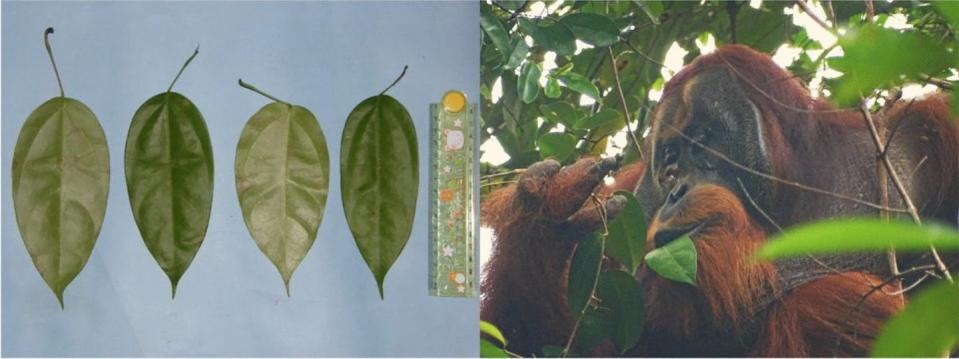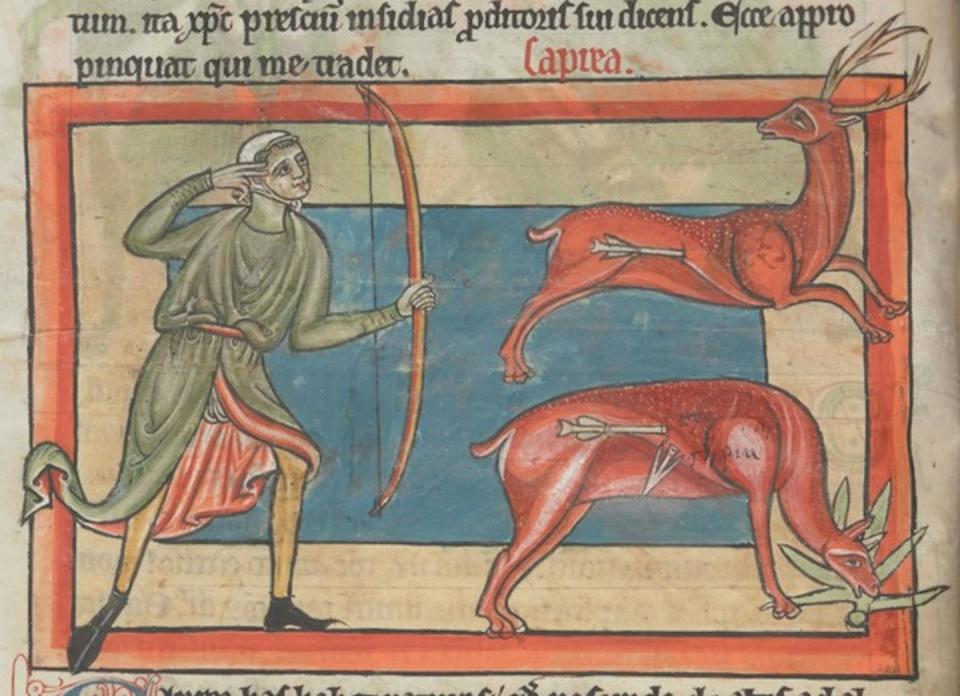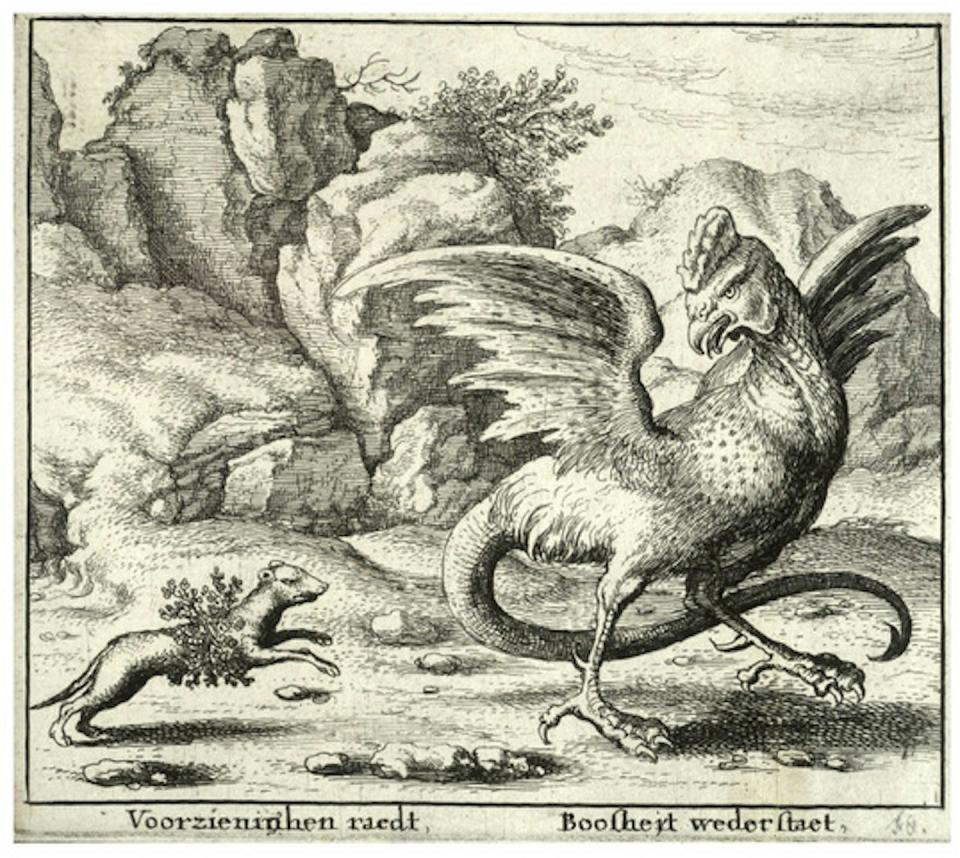When a wild orangutan in Sumatra was found to have facial injuries after a fight with another male orangutan, he did something that caught the attention of the scientists who observed him.
The animal chewed leaves from the liana vine, a plant not normally eaten by monkeys. The orangutan carefully applied the juice to the wound over several days, then covered it with chewed liana paste. The wound healed, leaving only a slight scar. The tropical plant it chose has antibacterial and antioxidant properties and is known to relieve pain, fever, bleeding and inflammation.
The shocking story was covered by media worldwide. In interviews and research papers, scientists said it was “the first systematically documented case of active wound healing by a wild animal with a biologically active plant.” The discovery “will provide new insights into the origins of human wound care.”

The orangutan’s behavior seemed familiar to me. As a historian of ancient science who studies what the Greeks and Romans knew about plants and animals, I am reminded of similar cases. Aristotle, Pliny the ElderAelian and other naturalists of antiquity. A remarkable body of narratives, from antiquity to the Middle Ages, describes the self-medication of many different animals. Animals used plants to treat illnesses, remove parasites, neutralize poisons, and heal wounds.
The term zoopharmacognosy—”knowledge of animal medicine”—was coined in 1987. But as Roman naturalist Pliny noted 2,000 years ago, many animals have made medical discoveries useful to humans. Indeed, many medicinal plants used in modern medicine were first discovered by Indigenous peoples and past cultures who observed and imitated animals using the plants.
What can you learn by watching animals?
Some of the earliest written examples of animal self-medication appear in Aristotle’s History of Animals from the 4th century BC, including a dog’s habit of eating grass when sick, probably as a laxative and dewormer.
Aristotle also noted that bears seek out wild garlic as their first food after hibernation. It is rich in vitamin C, iron and magnesium, which are healthy nutrients after a long hibernation. Its Latin name reflects this popular belief: From the Onion family It means “bear lily” and this name, which is widely used in many other languages, refers to bears.


Pliny explained that the use of dittany, also known as wild thyme, to treat arrow wounds came from watching wounded deer feed on the grass. Aristotle and Dioscorides attributed this discovery to wild goats. Vergil, Cicero, Plutarch, Solinus, Celsus, and Galen claimed that dittany had the ability to expel an arrowhead and seal a wound. Among the many known phytochemical properties of dittany are antiseptic, anti-inflammatory, and coagulation effects.
According to Pliny, deer also knew an antidote to poisonous plants: the wild artichoke. The leaves relieved nausea and stomach cramps and protected the liver. Pliny wrote that deer ate crabs washed up on the beach to get rid of spider bites, and sick goats did the same. It is worth noting that crab shells contain chitosan, which strengthens the immune system.
When elephants accidentally swallowed chameleons hiding in green leaves, they ate olive leaves, a natural antibiotic that combats salmonella harbored by lizards. Pliny said that ravens ate chameleons but then ate bay leaves to combat the toxicity of the lizards. Antibacterial bay leaves relieve diarrhea and gastrointestinal distress. Pliny noted that blackbirds, partridges, jays and pigeons also ate bay leaves for digestive problems.


Ferrets are said to roll in the evergreen plant rue to prevent wounds and snakebites. Fresh rue is poisonous. Its medicinal value is uncertain, but the dried plant is included in many traditional folk remedies. Swallows gather celandine, another poisonous plant, to make a poultice for their young’s eyes. Snakes emerging from hibernation rub fennel on their eyes. Fennel bulbs contain compounds that support tissue repair and immunity.
According to the 3rd-century BC naturalist Aelian, the Egyptians based much of their medical knowledge on the wisdom of animals. Aelian described elephants treating spear wounds with olive flowers and oil. He also described storks, partridges, and turtle doves crushing thyme leaves and applying the paste to wounds.
The study of animal remedies continued into the Middle Ages. An example from the Aberdeen Bestiary, a 12th-century English compilation of zoology, describes bears covering wounds with mullein. Folk medicine prescribed this flowering plant to soothe pain and heal burns and wounds, thanks to its anti-inflammatory chemicals.
Ibn al-Durrayhim’s 14th-century manuscript, The Benefits of Animals, reported that swallows healed the eyes of their young with turmeric, another anti-inflammatory. He also noted that wild goats chewed sphagnum moss and applied it to wounds, as the Sumatran orangutan does with ivy. Sphagnum moss dressings neutralize bacteria and fight infection.
Nature’s pharmacopoeia
Of course, these pre-modern observations were folklore, not formal science. But the stories reveal long-term observation and imitation of various animal species self-medicating with bioactive plants. Just as traditional Native ethnobotany has led to life-saving medicines today, scientific testing of ancient and medieval claims could lead to the discovery of new therapeutic plants.
Animal self-medication has become a rapidly growing scientific discipline. Observers report sightings of animals from birds and rats to hedgehogs and chimpanzees, deliberately using an impressive repertoire of medicinal substances. One surprising observation is that finches and sparrows collect cigarette butts. Nicotine kills mites in bird nests. Some veterinarians even allow sick dogs, horses, and other pets to choose their own prescriptions by sniffing various botanical compounds.
The mysteries continue. No one knows how animals sense which plants cure illness, heal wounds, repel parasites, or otherwise promote health. Do they respond to specific health crises knowingly? And how is their knowledge passed on? What we do know is that we humans have been learning the secrets of healing for thousands of years by watching animals self-medicate.
This article is republished from The Conversation, a nonprofit, independent news organization that brings you facts and trusted analysis to help you understand our complex world. By Adrienne Mayor Stanford University
Read more:
Adrienne Mayor does not work for, consult, own shares in, or receive funding from any company or organization that would benefit from this article, and has disclosed no relevant affiliations beyond her academic appointment.